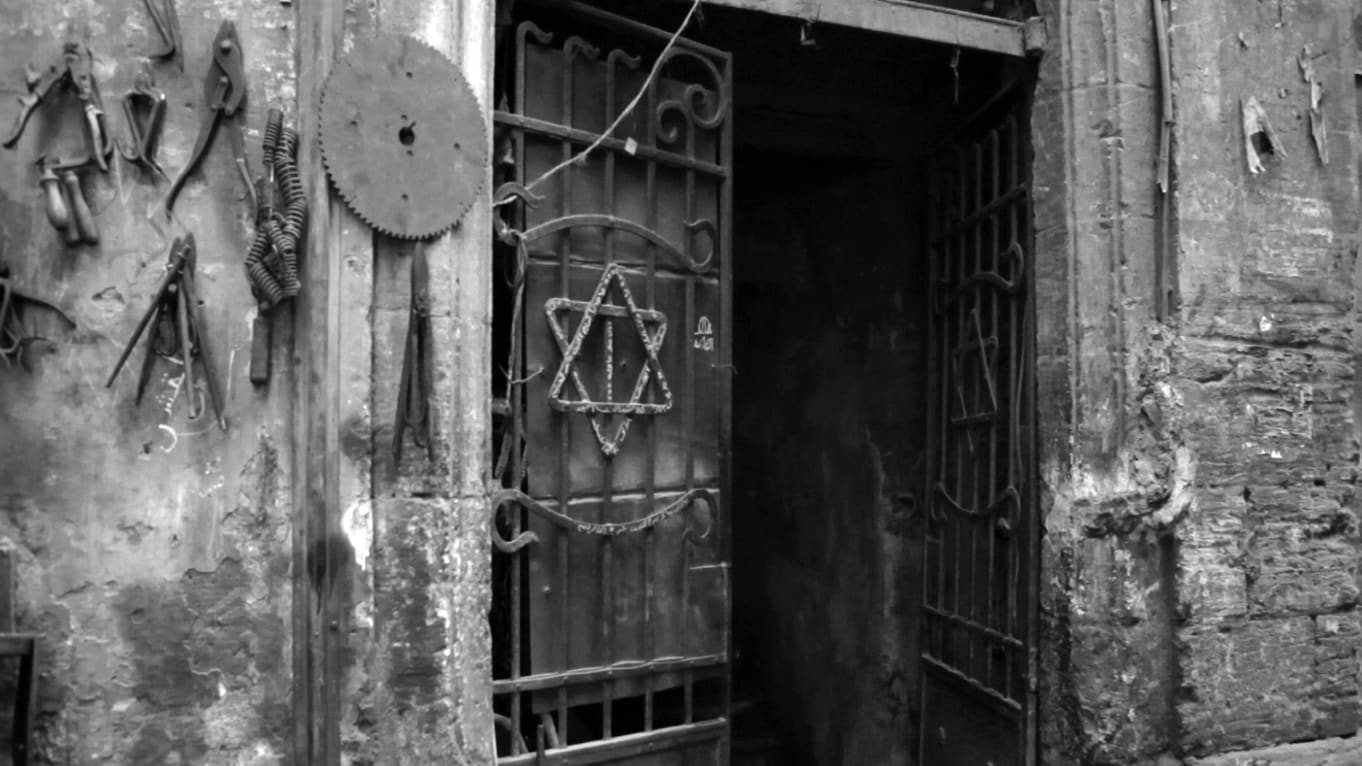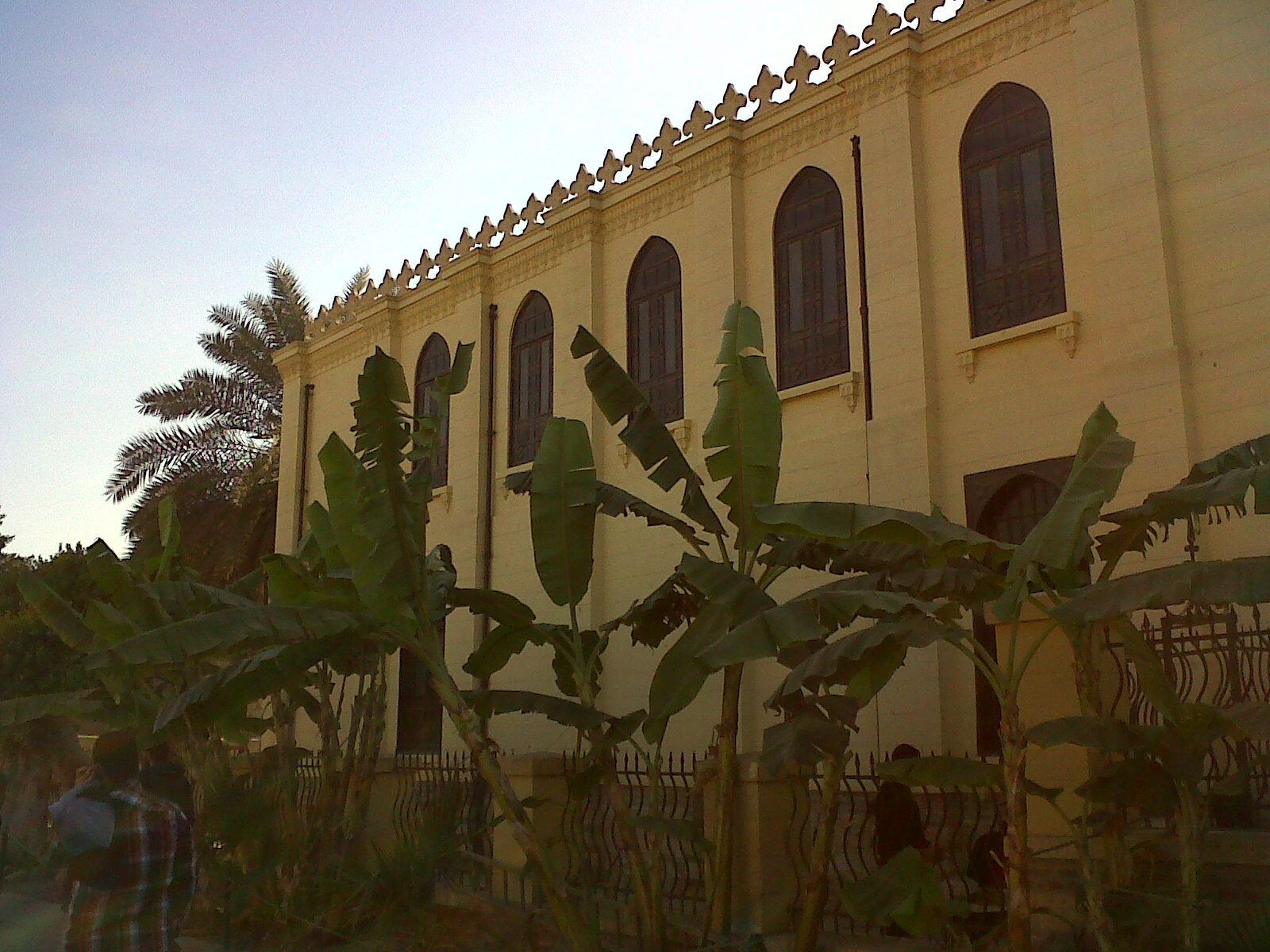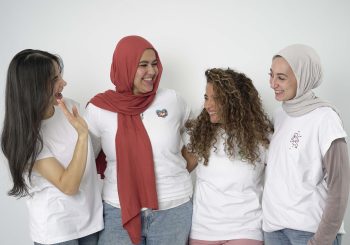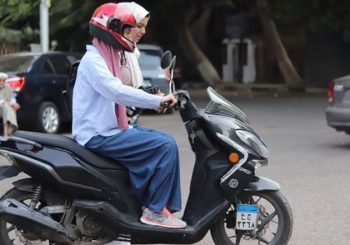Two deaths of prominent members of the Egyptian-Jewish community recently made it into the pages of local and international newspapers.
Firstly, it was announced earlier in July 2019 that Cairo’s Jewish community has dropped to a mere five members, after Marcelle Haroun, mother of the Jewish Community in Cairo’s (JCC) current president Magda Haroun, passed away at the age of 93.
Secondly, Egyptian-Jewish journalist and author Lucette Lagnado, many of whose writings revolve around her family’s longing to return to Egypt after they were forced to leave in the early 1960s, died on 10 July in Manhattan at 62.
These recent losses provide a timely moment for introducing an Egyptian novel that portrays a Jewish-Egyptian experience, an Egypt of the 1930s through to the 1960s more specifically, from the perspective of a young Egyptian boy, whose mother is Jewish and whose father is Muslim.
Penned by Egyptian author Kamal Ruhayyim, the original Arabic novel entitled Qulub munhaka; al-muslim al-yahudi was published back in 2004. The paperback edition of the English translation by Sarah Enany under review here, Diary of a Jewish Muslim, was published by the AUC Press’s imprint Hoopoe in 2018.
Historical Context
Egypt used to be home to a significant Jewish population, which notably multiplied after the opening of the Suez Canal in 1869 and the resulting trading prospects that emerged at the time. Settled primarily in the cities of Egypt, Cairo and Alexandria, and living peacefully alongside other religious communities, Egyptian Jews were prominent for owning thriving businesses.
Around the establishment of Israel in 1948, and following the Arab-Israeli war in which Egypt also participated, difficulties began to arise for Egyptian Jews, who by this time numbered over 75,000. Already a few years earlier in 1945, a number of riots against Jews had taken place in Egypt in the context of rising anti-Zionism spilling into anti-Semitism, organized by a Front that included Young Egypt and the Muslim Brothers, whereby dozens of Jews were wounded.
In the 1950s, once Gamal Abdel Nasser had assumed power, and especially following the Suez Crisis in 1956, Egypt began to sequester Jewish-owned property, also seizing businesses of other foreign minorities, compelling large-scale emigration abroad. Many Jews went to Israel whereas others emigrated to other countries such as France or the U.S, only a tiny minority staying behind in Egypt, including the Haroun family.

Diary of a Jewish Muslim
Narrated from the perspective of young Jewish-Muslim boy Galal, Diary of a Muslim Jew’s 46 diary-like chapters offer vivid insight into Egyptian Jewish family life in the popular Cairene neighborhood of Daher. The narrative gradually unfolds as we accompany Galal through his mischievous childhood, his first years at school and first feelings of love, as well as the various family conflicts and relations that often, yet not always explicitly, center around or are triggered by the issue of religion.
As the book’s blurb reads, the novel reveals a ‘social fabric of manners and morals, values and traditions that cheerfully incorporates and as cheerfully transcends religion, but a fabric that is about to be torn apart by a bigger world of politics that will also put Galal’s very identity to the test.’
While politics and historical events play more of a background role, they are never entirely absent, appearing at times in the form of comments made by family members, or as brief explanations for why certain decisions – not least the decision of Galal’s grandparents to emigrate to France – must be taken.
Roughly set in the middle of the twentieth century, the opening chapter revolves around the unexpected news that Galal’s Muslim father Mahmoud died in the war – the Suez War of 1956, to be precise – before ever getting to meet his son. As such, Galal comes to be raised by his maternal Jewish side of the family, circumstances that set the stage for a number of identity crises and tense moments, proving an instant barrier to Galal’s relationship with his pretty Muslim neighbor Nadia, for example.
These tensions appear very vividly through Galal’s many descriptions of his rather cold-hearted Jewish grandmother Yvonne, who makes a point to regularly denounce what has become of Egyptian Jews during her lifetime, and who rarely hides her contempt for Galal’s ‘other side’, his Muslim background.
“You bring back such memories, Shamoun!” my grandmother said. “Those were the days! True, the building was old and on a bit of a side street, but a quarter of the neighbors were Jewish and it was comfortable living there. Not like the wretched folk in this building!”
Religion and Identity
Throughout the novel, Galal’s perceptive descriptions of place, people and everyday life, reveal snippets of Jewish life and customs, whereby in his early childhood days, being Jewish does not appear to be a particular obstacle, let alone a conscious identity marker of his. Instead, it is merely made clear to the reader through his multiple observations of being ‘different’:
“Our apartment was not like any other in the building; it was different. No sooner did the children venture near it, especially the younger ones, they would be overcome with trepidation, as though at the portals of an enigmatic world filled with exotic Jewish mysteries.”
These early differences, however, start only to become more apparent as Galal grows up and finds himself having to confront his religious identity in the classroom, just as they begin to play out in his relationship with his Jewish mother Camellia, whose association with him becomes stigmatized at school.
“You idiot; don’t you know you’re a Muslim? You’re every inch a Muslim. Your mother and her family, Heaven protect us, they’re the ones who’re Jews.”
It is first and foremost Galal’s mother, who tries to instil a sense of Jewish identity in him: “Don’t you know, Galal, that we’re Jews, and our holy book is the Torah? We’re one thing, and they’re another.”
Only his more tolerant and conciliatory Jewish grandfather seems to leave the choice up to the meanwhile torn and confused young boy: “Galal, my boy, you’re a Muslim. That’s what it says on your birth certificate. (…) We will raise you, educate you, until you grow into a man. After that, you are free to choose.”
Galal’s fond childhood memories of his Muslim friends and their various Islamic customs such as Ramadan, seem to suggest an early affinity and curiosity towards the religion of his fatherly side, indeed even strengthened by the latter’s absence and therefore Galal’s desire to understand this ‘unknown’ part of him.
While the majority of Diary of a Jewish Muslim takes place within the confines of Galal’s home and his neighborly surroundings, a significant amount of narrative time is spent on Galal and his mother’s visit to the countryside in Mansouriya, where he gets to meet his Muslim father’s family for the first time.
It is also on this occasion that more details about the father are revealed, not least while they attend a family procession through the village to the graveyard, where the gravestone inscription reads: “Here lies Mahmoud Abd al-Hamid al-Minshawi, martyred in the Tripartite Aggression on November 3, 1956.”
The novel’s pace ultimately picks up, after Galal’s Jewish grandparents set off for Paris, a move that is reflective of the greater Jewish exodus that occurred at the time, and that was outlined in the historical context above.
From this sudden departure onwards, his mother’s longing to join her relatives can be felt through the increasingly tense interactions that take place between mother and son, and this rift only seems to widen, when Galal brings home a sheikh one day, in a rather clumsy attempt to convert her to Islam.
After two angry weeks of silence, his mum’s discovery of his secret relationship with Nadia brings the final hammer down on the nail, and her decision to leave is announced:
“Just you buck up and get your thanawiya amma, and we’re off to Paris!”
Life in Exile
The final few chapters thus shift to life in Paris, which from Galal’s perspective – and as we learn, from his grandfather’s too – is a cold and bleak one, where the experience of exile and longing to return flood almost every thought of his.
For example, Galal’s vivid descriptions of place now become comparative, with much of Paris reminding him of his home city Cairo:
“I looked out the window, staring at the broad streets we rode through and the plump building s that lined them (…) They reminded me of the old buildings in Sherif and Adli and Abd al-Khaleq Tharwat Streets in downtown Cairo.”
As Galal’s discomfort with being in Paris, as well as his distance from his Jewish family becomes increasingly obvious, and his visits to a Parisian mosque more frequent, it seems that he has decided to return to Egypt. Yet the reader is left to ponder why Galal does not ultimately board the plane, as the last chapter closes.
The novel provides a good impression not just of Jewish life in Egypt at the time, but of a personal coming-of-age experience and the ways this experience is shaped by various relations and conflicts with family and friends.

Kamal Ruhayyim was born in Egypt in 1947 and has a PhD in law from Cairo University. His literary work includes both a collection of short stories and five novels.
Sarah Enany has a PhD in drama and lectures in the English Department of Cairo University. Her translations are of works by authors such as Yusuf Idris, Mohamed Salmawy, Jerzy Grotowski, and Kamal Ruhayyim.
Further Reading/Watching:
Lucette Lagnado: The Man in the White Sharkskin Suit: A Jewish Family’s Exodus from Old Cairo to the New World (2007)
André Aciman: Out of Egypt: A Memoir (1994)
Fortunée Dwek: Nonno: Un Juif d’Egypte (2006) (French, edited by L Harmattan France)
Jews of Egypt (2013) (film, directed by Amir Ramses)
Haret El Yahud (2015) (Egyptian TV series)






Comments (0)